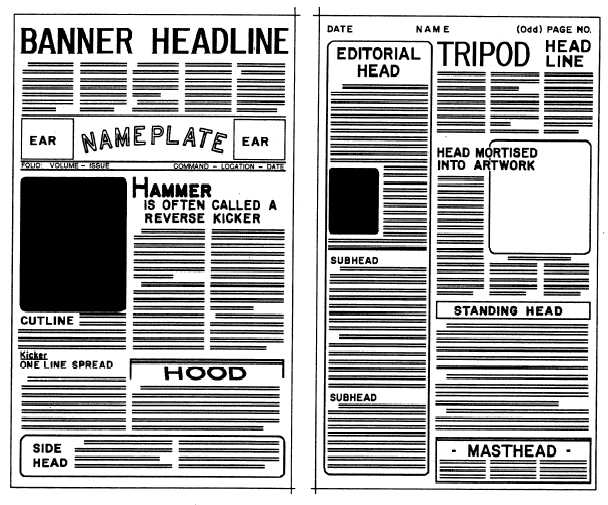Figure 8-18.—Individual components of newspaper makeup.
developed by experience. The editor looks at the page
on the page. Rhythm is achieved in newspaper makeup
CONTRAST
In the contrast concept, the editor strives to separate
display items on the page so each gets the attention it
deserves. The editor uses type, headlines, pictures, white
space and color to achieve contrast.
For example, the editor can achieve contrast with
type by using regular type with boldface type. Headlines
also can be contrasted by using bold, blackheads or by
displaying reman type with italic type. The editor can
achieve contrast with pictures by using verticals with
horizontals, small column widths with large column
widths or dark and light photographs. Further, the editor
can achieve contrast through color by displaying black
type with color boxes, pictures and heads.
RHYTHM
By using the rhythm concept, the editor tries to get
the reader to move from one element to another element
by staggering headlines, stories and pictures on the page.
UNITY
The unity concept of newspaper makeup is used to
tie the page together; therefore, the page is not divided
into one, two or more sections.
A page that lacks unity is called a paneled page. You
can avoid paneled pages by crossing the column gutters
(space between columns) with headlines and pictures in
the middle areas of the page.
HARMONY
The harmony concept is used to give a newspaper a
standard appearance from day to day. Harmony
generally refers to typographic harmony. This means
using one typeface for body type and a contrasting
typeface for cutlines. Headlines should have the same
typeface as the body type and maybe varied by weight
and the use of italics on occasion.
8-20


